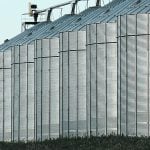Farm cash applications have increased year over year despite the lower interest exemption, program administrators say
Glacier FarmMedia – This year’s federal Advance Payments Program began with a reduction in the interest-free portion of the loan, but it has been humming along since its April 1 launch. As of June 10, the Canadian Canola Growers Association, the largest administrator of the program with about 95 per cent of APP dollars loaned […] Read moreStories by Jeff Melchior

Farm connections flagged in U.S. dairy bird flu spread
Shared equipment, workers may play roles in interstate spread
Glacier FarmMedia – There are “no smoking guns” to blame for bird flu spread in U.S. dairy cattle, but a number of farm practices may have collectively helped the virus move, according to an expert from the U.S. Department of Agriculture. A USDA survey of dairy farms found that, of participating farms in three states, […] Read more

Graze alfalfa without the fear of bloating
Glacier FarmMedia – There are many good reasons to include alfalfa in a grazing stand and one big reason not to: bloat. That’s a shame, experts say, because appropriate management practices can help farmers reap the legume’s benefits while minimizing problems. Alfalfa is rich in nutrition and good for the land, but bloat can kill […] Read more

Canadian milk tests for avian flu come up empty
Canadian Food Inspection Agency says continued negative results support view virus has not reached domestic herd
Glacier FarmMedia – There are no traces of highly pathogenic avian influenza (HPAI) in domestic milk, as far as Canadian authorities can find. The Canadian Food Inspection Agency says the latest testing, which put 600 retail milk samples under the microscope, has not found evidence of the virus. Testing was done in collaboration with the […] Read more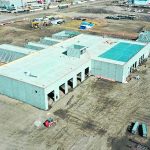
Dairy processing expands
Glacier FarmMedia – Those behind the unique milk processing plant in central Alberta’s Lacombe County have much to celebrate. Over the past five years, the five provincial organizations under the Western Milk Pool banner have overcome regulatory barriers and a pandemic and now the $75 million facility is set to open in spring 2025. Pool […] Read more
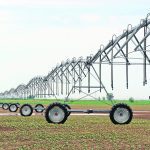
Don’t fear FITFIR, says Alberta water expert
Glacier FarmMedia – Alberta river and reservoir levels remain lower than normal and water availability continues to worry irrigators. Will there be enough water to go around? What happens if there isn’t? Answers can be found in the province’s current Water Act, passed in 1999, which contains the same “first in time, first in right” […] Read more

Milk River flows expected to drop after ‘catastrophic’ failure
The Milk River Watershed Council Canada (MRWCC) is warning users of southern Alberta’s Milk River of a drop in flow due to a “catastrophic failure” the morning of June 17. According to an email sent by Mary Lupwayi, MRWCC program coordinator, the failure occurred at the St Mary siphon over the St Mary River near […] Read more
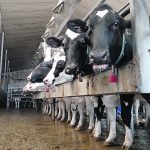
Dairy testing for bird flu expanded in Canada
Non-clinical dairy cattle eligible for funded testing
Glacier FarmMedia – Non-clinical dairy cattle can now be tested for bird flu on the government’s dollar. On June 17, the Canadian Food Inspection Agency updated their guidance for private veterinarians on highly pathogenic avian influenza (HPAI). The update noted the expanded eligibility for testing, and that the CFIA would cover lab test fees at […] Read more
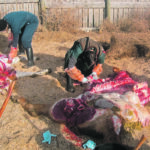
‘Telepathology’ unites vets and specialists
Post-mortem investigations can suffer without pathologists input because they provide specialization and expertise
Glacier FarmMedia – Televised necropsies may be the next big thing in determining causes of death in cattle and other livestock, according to results of a proof-of-concept research project. Using video conferencing technology, researchers with the University of Calgary Faculty of Veterinary Medicine found that connecting specialized pathologists with in-the-field large animal veterinarians in real […] Read more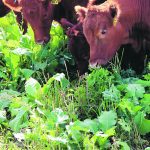
Including cattle on cropland didn’t help soil health
Saskatchewan and Manitoba research finds soil benefits from cover crops, but grazing them doesn’t really move the needle
Glacier FarmMedia – Annual cover crops have another research receipt to support their purported soil health benefits. But while those mixes can help cattle producers graze longer or recover some of the establishment cost by feeding livestock, cattle activity might not magnify soil health gains as much as many would hope. The research comes from […] Read more

